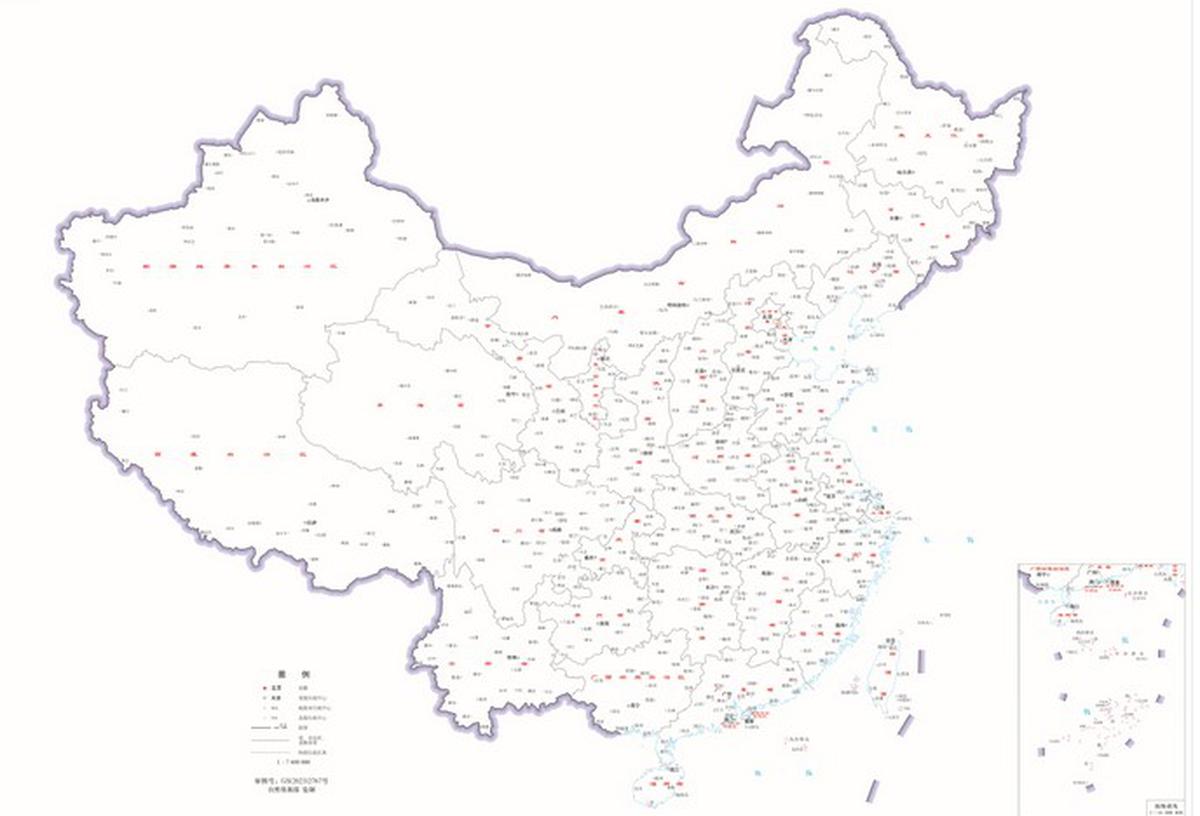August 29, 2023
Amid escalating tensions between China and India, releasing a new Chinese map has once again brought the long-standing border dispute to the forefront. Unveiled on August 28, 2023, during China’s “National Mapping Awareness Publicity Week,” the map asserts China’s claim over the entire region of Arunachal Pradesh.


This move serves as a stark reminder of the persisting disagreements between the two Asian giants. Decades of border disputes have strained diplomatic relations and led to several armed clashes over time.
Nestled in northeastern India, Arunachal Pradesh shares a contentious border with China. The competing claims over this area have led to an enduring stalemate, with neither side willing to back down.
The new Chinese map boldly portrays Arunachal Pradesh as an integral part of the Tibet Autonomous Region, reaffirming China’s stance since the 1950s. This unveiling has garnered significant attention, particularly as it comes just days before the upcoming G20 summit.
Anticipation is rife ahead of the G20 summit, which will see the participation of China’s President Xi Jinping and Indian representatives. This global platform offers a crucial opportunity for both nations to address their deep-seated differences and potentially seek a breakthrough in the longstanding border dispute. However, past attempts at resolution have yielded limited success, casting a shadow over the prospects of a definitive agreement.
Examining the specifics of the newly revealed map:
– The Chinese Ministry of Natural Resources officially released the map.
– Notably, this marks the first instance where China openly depicts Arunachal Pradesh entirely within its territory.
– The map also prominently displays the Aksai Chin region, another hotly contested area between the two countries.
While the G20 summit presents hope for dialogue and negotiation, it is essential to temper expectations. Beyond the border dispute, China and India share common interests such as trade, climate change mitigation, and counter-terrorism efforts. However, these shared concerns remain intertwined with unresolved territorial conflicts, casting a shadow over their broader relationship.
As optimism mingles with caution regarding the G20 summit’s potential outcomes, it is imperative to recognize the complexity of the border dispute. Decades of intricate differences cannot be swiftly untangled. The road to resolution demands meticulous diplomacy and an investment of time.
Looking ahead to the G20 summit, it is essential to embrace a realistic perspective. While hopes for a comprehensive resolution are fervent, the intricate nature of the dispute necessitates a measured approach. Ongoing diplomatic dialogue remains the linchpin for both countries, potentially paving the way for peaceful negotiation and a harmonious resolution.
The unveiling of China’s latest map and its claim over Arunachal Pradesh presents a visual representation of the ongoing tensions between India and China. As the diplomatic wheels turn, the commitment to dialogue and the pursuit of peaceful coexistence will be the guiding beacons illuminating a possible path forward.
Read more about the writer here.
(The images have been used by the author for demonstrative purposes only)
